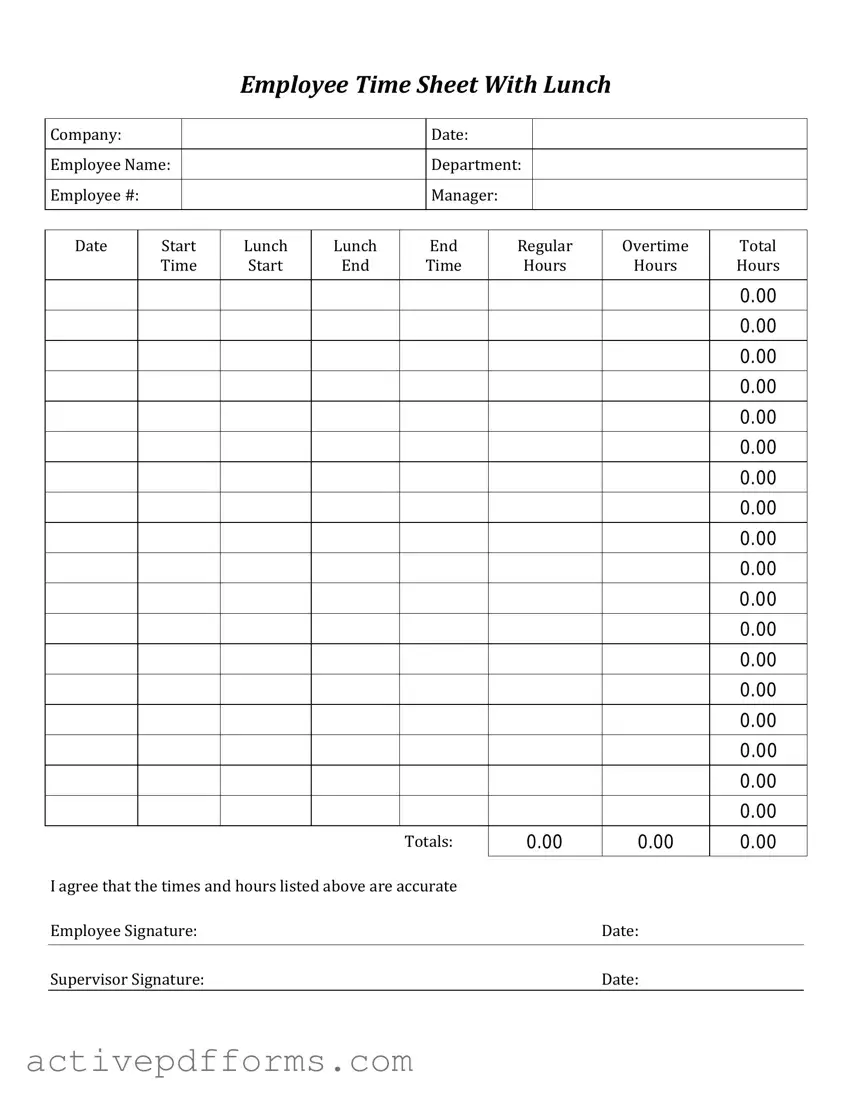In the world of employment, accurate tracking of hours worked stands as a fundamental element for both employees and employers, ensuring fair compensation and compliance with labor laws. The Time Card form emerges as an indispensable tool in this process, serving as a detailed record of the hours an employee spends on the job. It's not just a piece of paper or a digital entry; the Time Card represents a critical piece of the larger puzzle of workforce management, payroll processing, and legal adherence. By meticulously documenting start and end times, alongside breaks and overtime, this form helps in resolving disputes, understanding workforce productivity, and managing financial liabilities. As regulations and workplace environments evolve, the significance of the Time Card form only grows, making its proper utilization and understanding more crucial than ever for sustaining an efficient, transparent, and lawful working environment.

